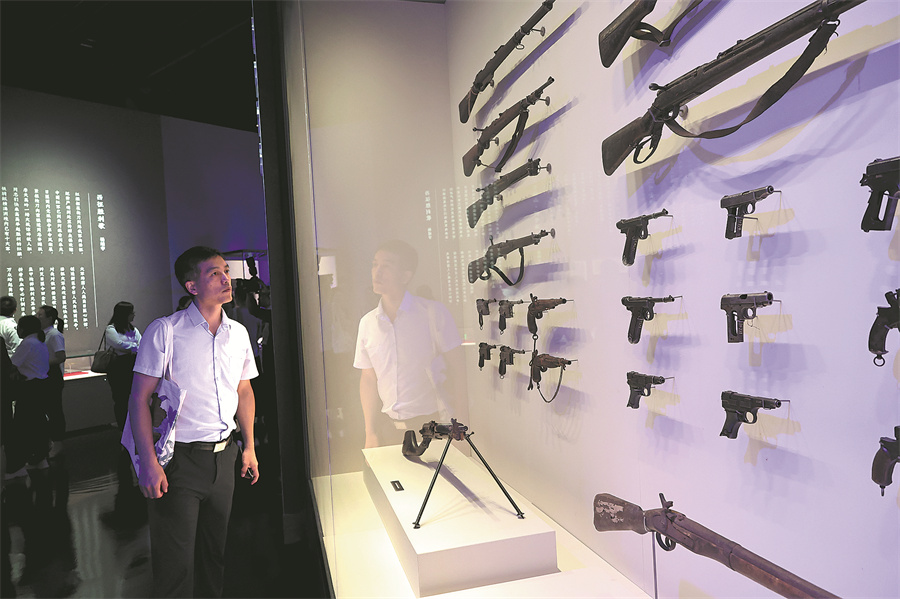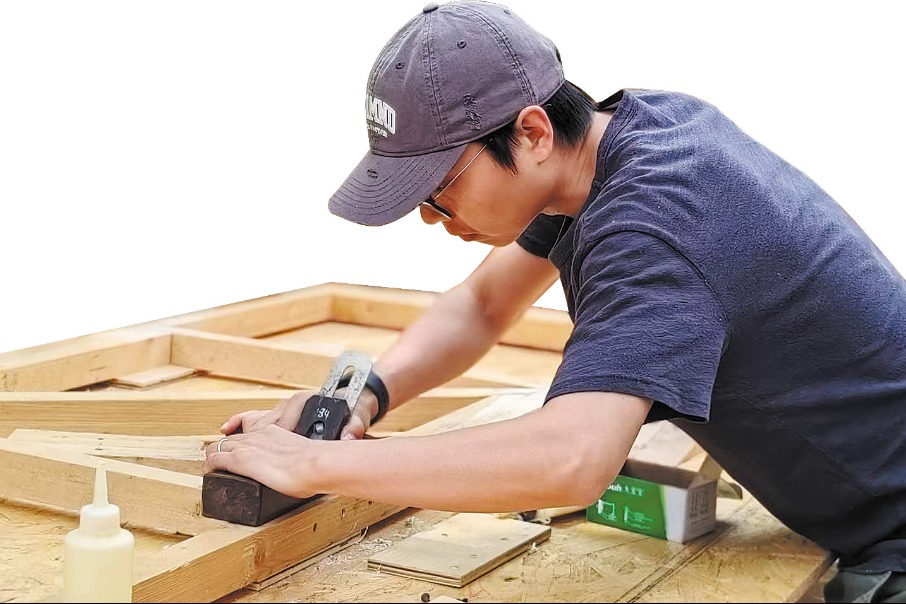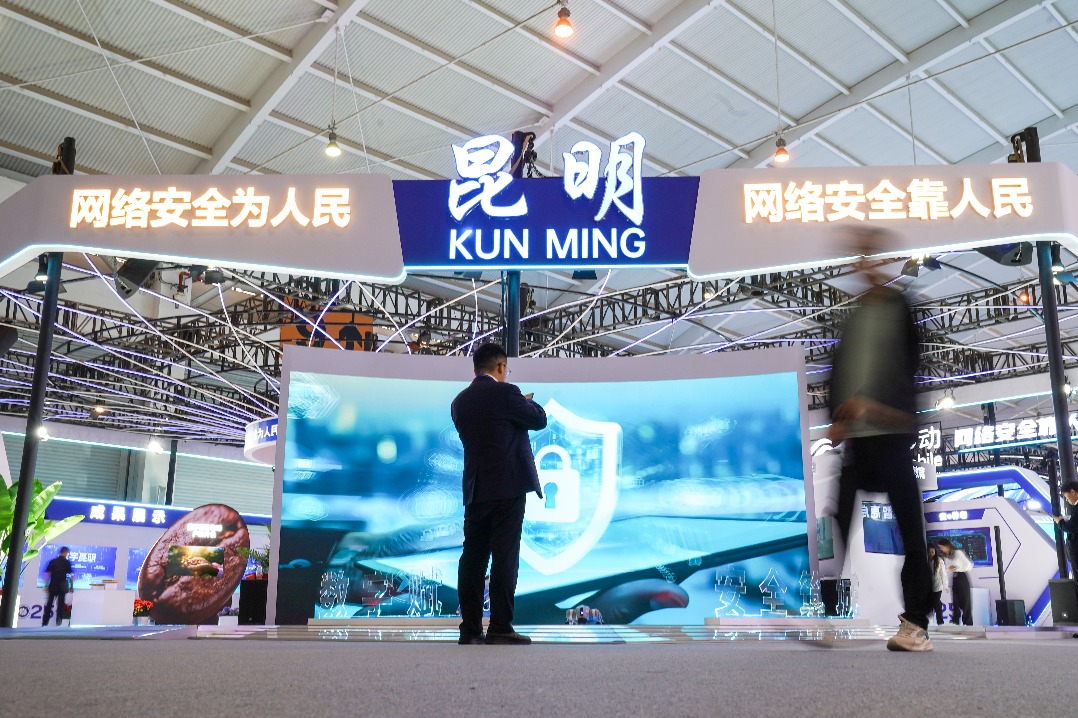Digging for true war stories


A highlight of their discoveries is clarifying what a miying (secret camp) actually was. The word miying comes from oral accounts of soldiers who survived the war and refers to their secret barracks in the mountains. Archaeologists' findings discovered that it was a more complicated system than originally thought.
A miying often finds its location in the dense forests deep in the mountains, on a leeward slope. At its entrance were multiple obvious and hidden outposts. Entering the miying are the barracks, which often had underground or semi-subterranean dwellings. Surrounding the settlement area were many combat fortifications and large platforms for outdoor activities, says Meng.
He also describes the underground or semi-subterranean dwellings, called diyinzi by local people. They were often built on the foot of a hillside to comply with the mountainous terrain. One such dwelling excavated at the Hongshilazi site, for example, was made by digging a 3-meter-deep hole in the ground and concealing the opening with branches and turf.
"For fear of being discovered by their enemies, the soldiers gave up comfort and built such 'houses', which were stuffy, humid, and dark, to survive," says Meng.
























